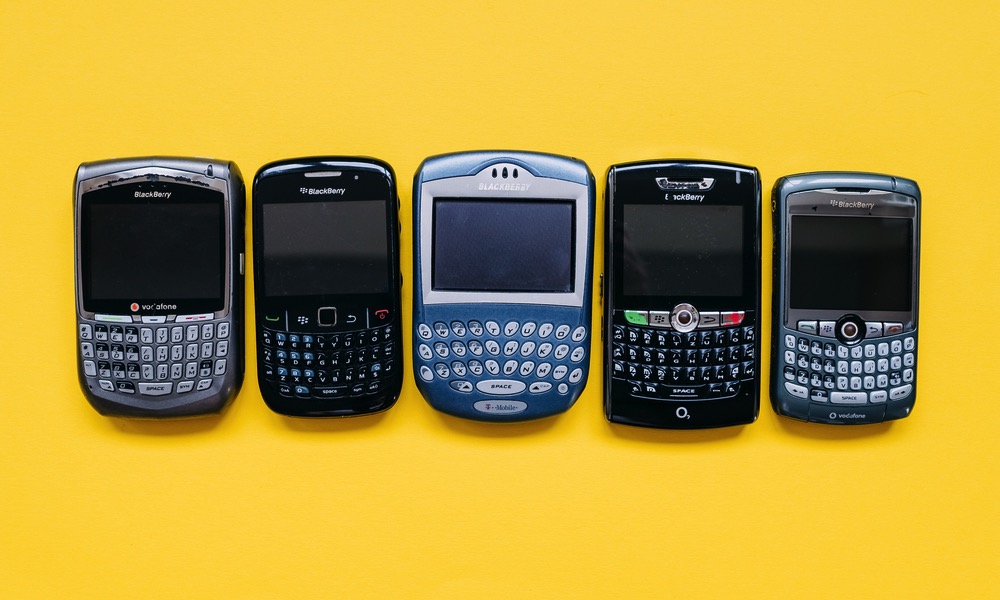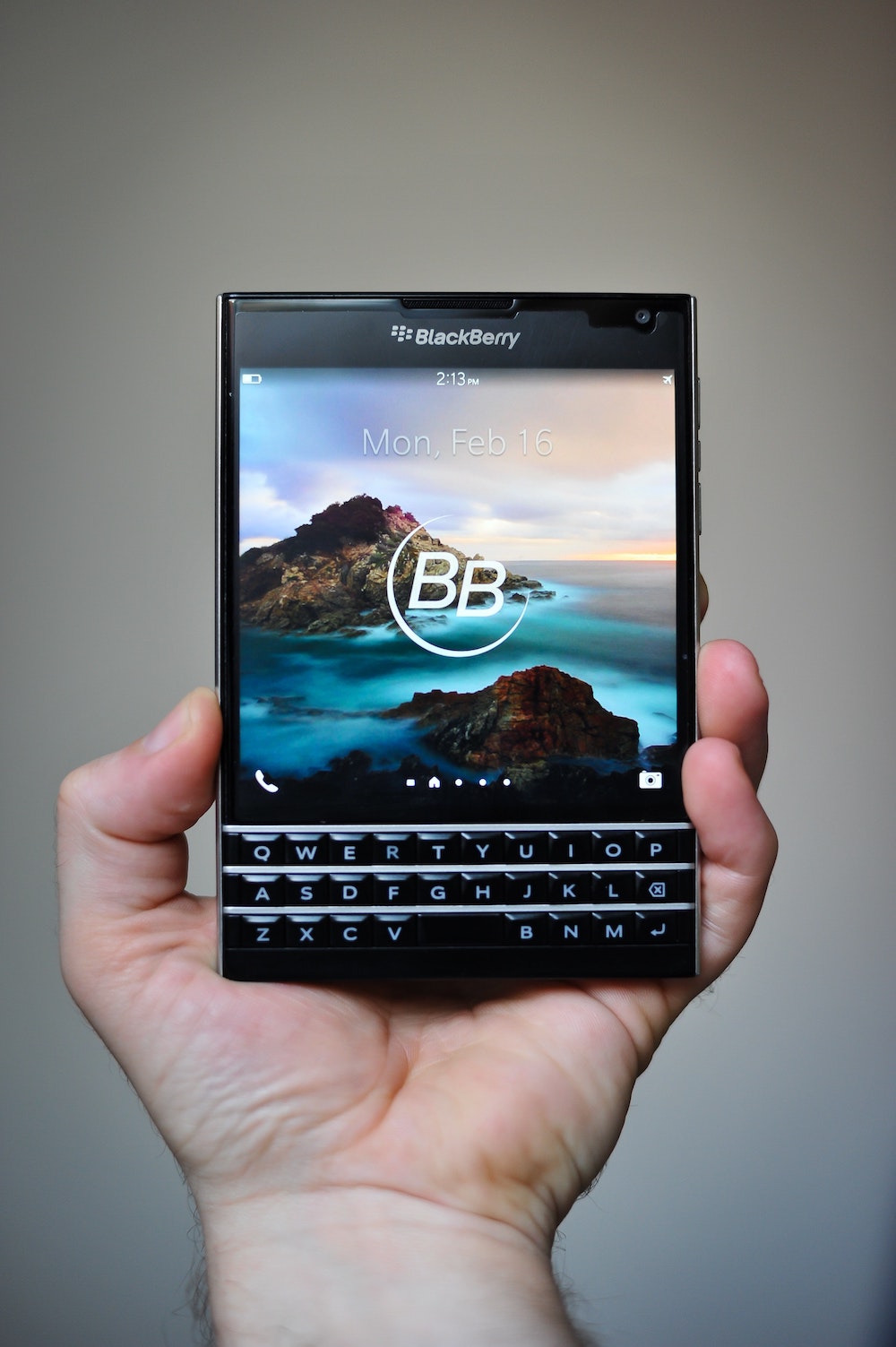RIP | Why BlackBerry Failed
 Credit: Natalia Bostan / Shutterstock
Credit: Natalia Bostan / Shutterstock
Toggle Dark Mode
January 2022 marks the end of an era as BlackBerry completes its decommissioning of the final Blackberry OS versions – and those of us old enough to remember are still wondering what the hell happened.
The death of BlackBerry has been discussed so often that there’s barely enough left for another autopsy – and yet, thanks to hindsight of 2022 and the fast-moving nature of the tech world, it’s clearer than ever what happened to BlackBerry. These lessons remain important for smartphone brands (including Apple) facing a rapidly changing world and determining how to change with it.
BlackBerry once stood in a similar spot to where Apple stands today, a byword for those seeking a turnkey mobile solution with the latest technology with a secure software approach. The “CrackBerrys” were ubiquitous, particularly when it came to business use and security. Then things changed.
What exactly went so wrong that BlackBerry is now a ghost of a brand selling select bits of security software instead of dominating the smartphone market? Let’s narrow it down into several big problems and see how Apple is doing in comparison.
The Consumer Revolution
Apple isn’t just another phone giant – it’s also one of the big reasons BlackBerry started to fail. Apple’s leaders recognized something very important about the phone market: it was becoming a consumer industry.
It’s hard to overestimate just how much BlackBerry’s sales depended on a reliable business-oriented market – the company branded itself as the secure, up-to-date platform that businesses needed for the latest communications. Once IT departments started working with BlackBerry devices, it created a lot of momentum to keep using those devices and buying new versions every cycle – it was familiar, and less training was required. The same was true of BlackBerry’s other big market, the government. If consumers bought a smartphone, they purchased a BlackBerry with business (and associated status) in mind.
But starting in the early 2000s was a new smartphone movement that would focus all the growth on the consumer side of the industry, largely pioneered by Apple and its first iPhone.
It turned out that consumers really, really like having their own private smartphones with apps dedicated to their normal, non-business lives. As the years passed, all the notable growth took place on the consumer side. BlackBerry simply wasn’t prepared to address this from a marketing, design, or strategy perspective. It failed to evolve its consumer-facing services like the BlackBerry Messaging Service, and companies like Apple quickly developed a consumer brand that was tough to match.
A Shifting Business World
Two very important changes in the business world also helped doom BlackBerry’s more reliable business sales even as the company was named Fortune’s fastest-growing business in the world in 2009.
First, BlackBerry’s much-vaunted security came under a lot of scrutinies. The operating system was indeed designed to prevent malware attacks and keep data private. But world governments – notably India, among others – started to demand full access to BlackBerry’s systems to help track criminals. In addition, nations like the UAE threatened to block Blackberry services unless they could access certain encrypted information.
Even the limited news that this was happening proved damaging to RIM and the BlackBerry brand. What government would want to continue using BlackBerrys if there was a chance another government could hack their encryption? Likewise, business leaders started wondering if the highly protected devices were actually so secure. That doubt made it easier to look into other more versatile or affordable options.
The second change was a bit more straightforward: business and personal phone use started to blur. The idea that people needed a dedicated business phone on an IT-managed platform felt strange. New solutions allowed people to use siloed and encrypted apps or approved VPNs on their personal mobile devices. When businesses did choose to buy phones for their employees, it started to become more common to obtain Apple or Android devices. This new trend certainly didn’t help BlackBerry retain profits, especially when combined with our next point…
Lack of Innovation and Apps
BlackBerry’s design choices started to age very poorly in the face of new innovations from smartphone brands ranging from Apple and Samsung to LG and Panasonic. If you visually chart all the phones BlackBerry released in the late 2000s and early 2010s, you’ll immediately notice that designs look older, clunkier, and more confusing than competitors. Adding a full touchscreen took too long (the notable BlackBerry Storm was released in 2008, but was one of only a few) as the company preferred to stick to physical keyboards as much as possible. A sometimes hostile relationship with apps compounded this.
BlackBerry was afraid that allowing users to download their own apps would threaten the security of their OS. This meant they were also late in developing their own app store, which was highly limited compared to the enormous offerings on iOS or Android devices. If popular apps did make their way to the BlackBerry store, they were frequently handicapped by the smaller BlackBerry screens since most were developed with larger, narrower touchscreens in mind.
This created a poisonous feedback loop for BlackBerry’s market share. The consumer market quickly became where all the action was. Apple, in particular, showed that an app store could be managed in such a way as to improve security while still allowing users to download from a countless number of app options. Businesses began allowing consumer smartphone use as a result. Developers working on business-friendly apps started to target Apple and Android platforms instead of developing anything for the more difficult, confined BlackBerry OS. Governments, watching these issues pile up, started ending contracts with BlackBerry. Over what seemed like just a few short years, nobody had or wanted a BlackBerry.
Could the Same Thing Happen to Apple?
Market disruptions like this happen all the time, although rarely as dramatically as they transpired for BlackBerry. Apple’s position appears secure for the time being. The brand continues to see high demand, and Apple’s platform is more diversified than BlackBerry’s was. However, no one at BlackBerry saw the iPhone coming, either. Apple is also starting to copy a few of BlackBerry’s mistakes, such as refusing to make any core changes to their phone designs. If another new technology disruption occurs with consumer electronics or with digital security as a whole, Apple could be caught off guard. But it would have to be something big, something not bound by a few patents, and something truly unexpected.








